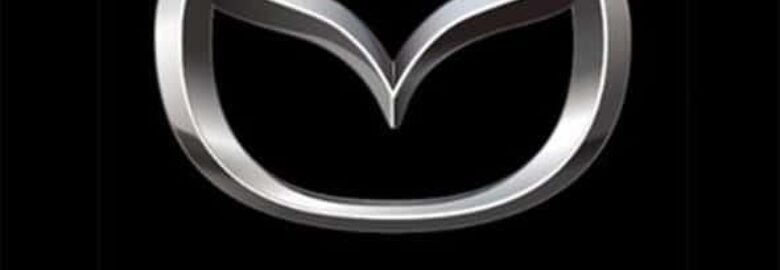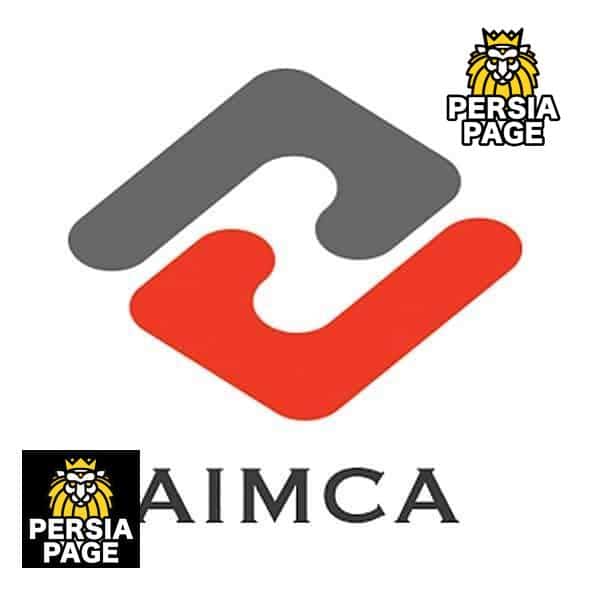
West End Mazda North Parramatta
West End Mazda North Parramatta
West End Mazda North Parramatta
Car Dealers
?????? ??No.1 Mazda Dealer in Australia??
To buy a variety of Mazda cars in Sydney Alks, a freelance Persian-speaking consultant
will guide you to the right car at a discounted rate and the best price tag available to Iranian and Persian speakers.
??PH: 02 9186 4429????590 Church Street North Parramatta??
Iranian Car Dealers in North Parramatta, Persian-speaking consultant in Mazda
The name Mazda came into existence with the production of the company’s first three-wheeled trucks. Other candidates for a model name included Sumera-Go, Tenshi-Go and more.
Officially, the company states that The name was also associated with Ahura Mazda (God of Light), with the hope that it would brighten the image of these compact vehicles.
The company website further notes that the name also derives from the name of the company’s founder, Jujiro Matsuda.
The other proposed names mean “god” (Sumera) and “angel” (Tenshi); both indicate Matsuda’s strong interest in human faith.
The Mazda lettering was used in combination with the corporate emblem of Mitsubishi, which was responsible for sales, to produce the Toyo Kogyo three-wheeled truck registered trademark.
It began as the Toyo Cork Kogyo Co., Ltd, founded in Hiroshima, Japan, 30 January 1920. Toyo Cork Kogyo renamed itself to Toyo Kogyo Co., Ltd. in 1927. In the late 1920s, the company had to be saved from bankruptcy by Hiroshima Saving Bank and other business leaders in Hiroshima.
In 1931 Toyo Kogyo moved from manufacturing machine tools to vehicles with the introduction of the Mazda-Go autorickshaw.
Toyo Kogyo produced weapons for the Japanese military throughout the Second World War, most notably the series 30 through 35 Type 99 rifle. The company formally adopted the Mazda name in 1984, though every automobile sold from the beginning bore that name. The Mazda R360 was introduced in 1960, followed by the Mazda Carol in 1962.
Mazda Cosmo Sport Beginning in the 1960s, Mazda was inspired by the NSU Ro 80 and decided to put a major engineering effort into the development of the Wankel rotary engine as a way of differentiating itself from other Japanese auto companies.
The company formed a business relationship with German company NSU and began with the limited-production Cosmo Sport of 1967, and continuing to the present day with the Pro Mazda Championship, Mazda has become the sole manufacturer of Wankel-type engines for the automotive market, mainly by way of attrition (NSU and Citroën both gave up on the design during the 1970s, and prototype Corvette efforts by General Motors never made it to production.) This effort to bring attention to itself apparently helped, as Mazda rapidly began to export its vehicles.
Both piston-powered and rotary-powered models made their way around the world. The rotary models quickly became popular for their combination of good power and lightweight when compared to piston-engined competitors that required heavier V6 or V8 engines to produce the same power. The R100 and the RX series (RX-2, RX-3, and RX-4) led the company’s export efforts. During 1968, Mazda started formal operations in Canada (MazdaCanada) although Mazdas were seen in Canada as early as 1959.
In 1970, Mazda formally entered the American market (Mazda North American Operations) and was very successful there, going so far as to create the Mazda Rotary Pickup (based on the conventional piston-powered B-Series model) solely for North American buyers.
To this day, Mazda remains the only automaker to have produced a Wankel-powered pickup truck. Additionally, it is also the only marque to have ever offered a rotary-powered bus (the Mazda Parkway, offered only in Japan) or station wagon (within the RX-3 and RX-4 lines for certain markets). After nine years of development, Mazda finally launched its new model in the U.S. in 1970.





